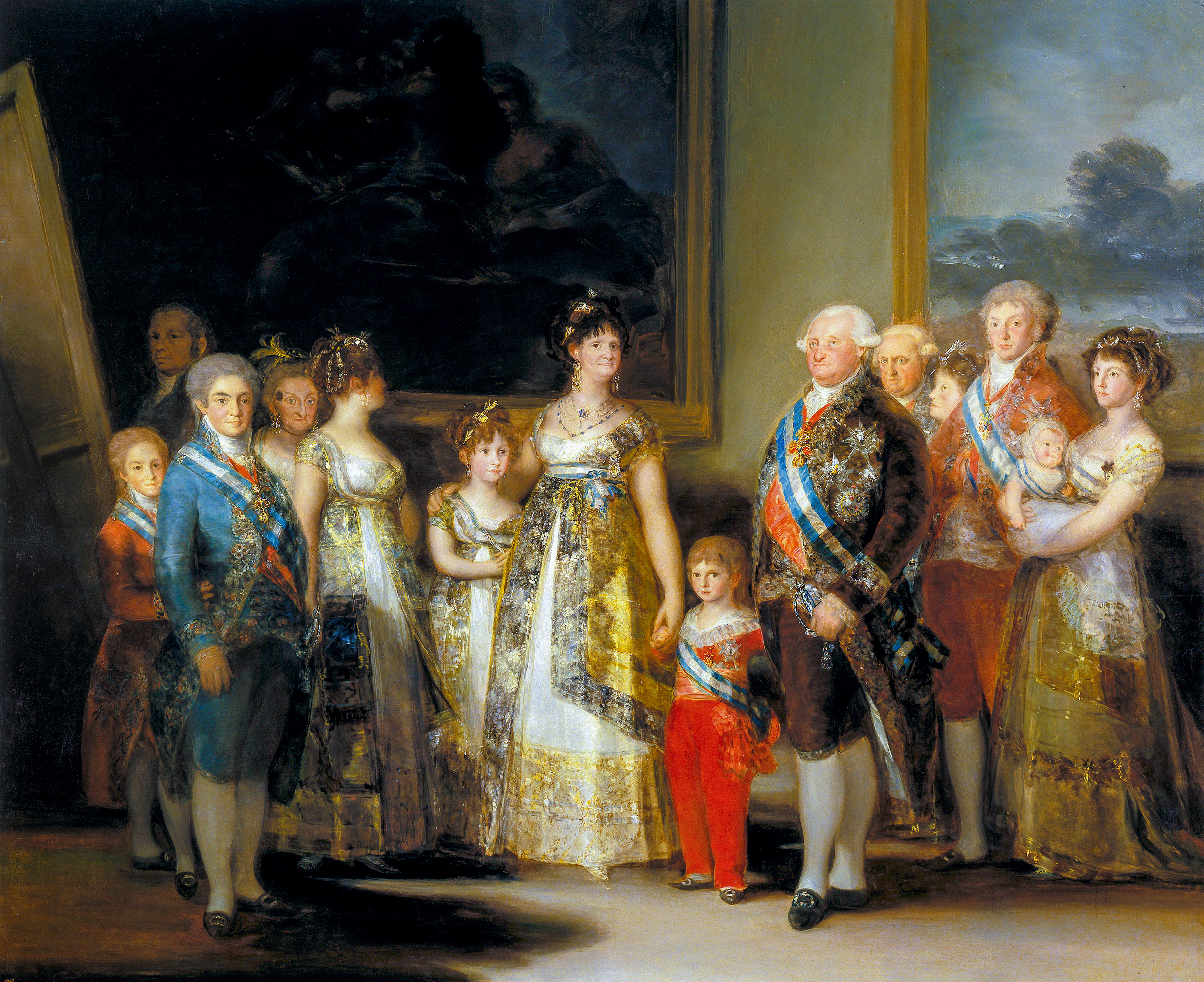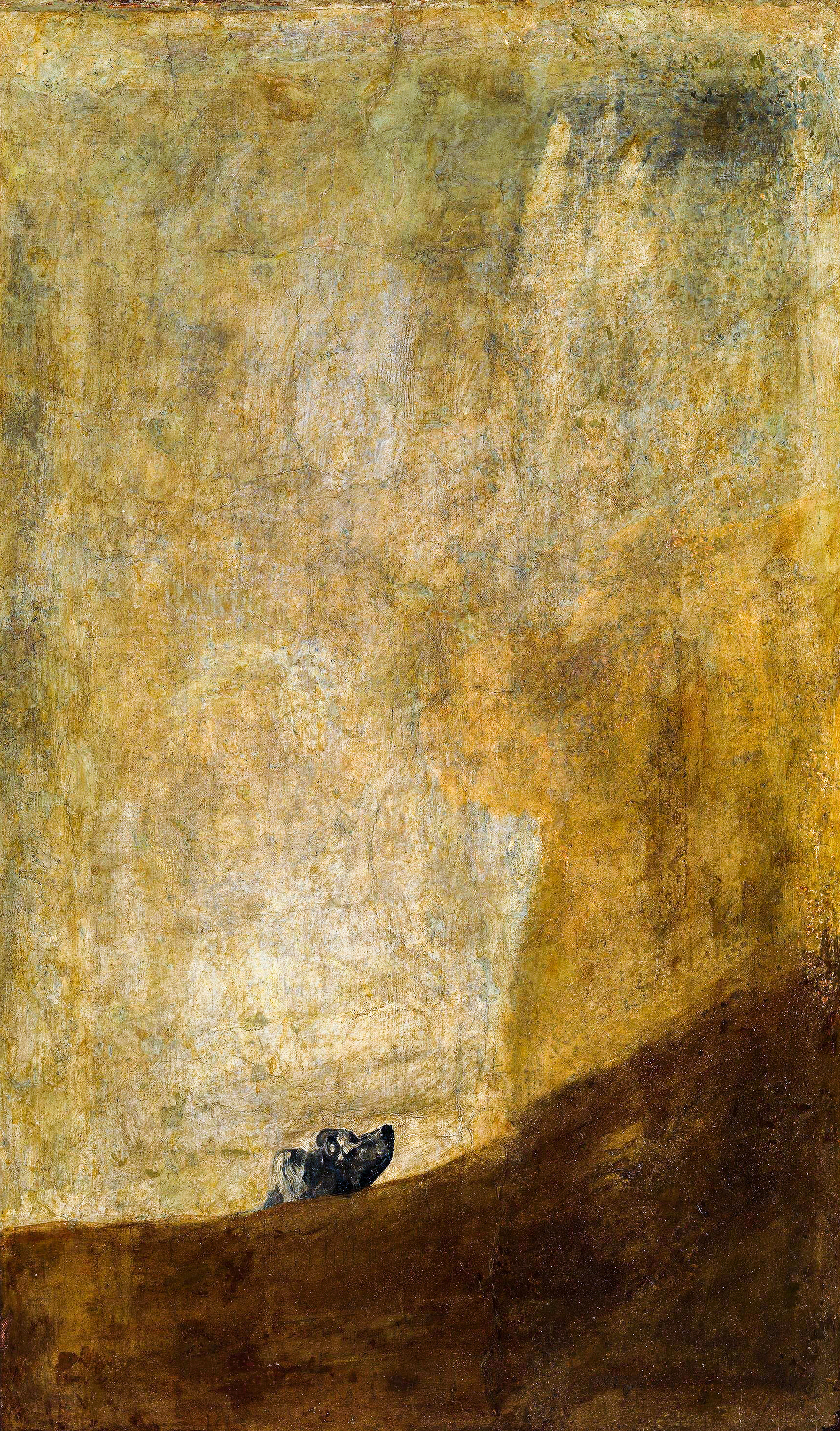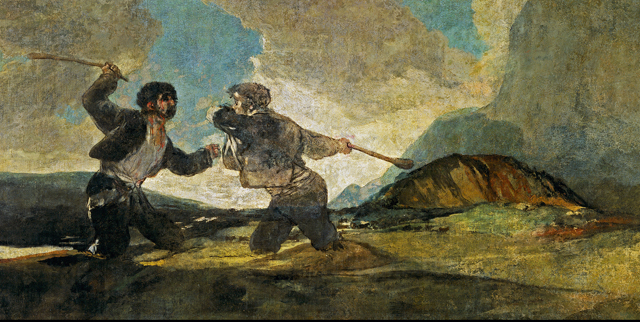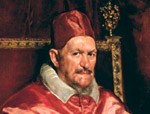My Favourite Painting: Tim Parker
Tim Parker, chairman of the National Trust, chooses a right royal rarity: Goya's painting of the Spanish king and his family depicted as normal people, rather than leaders and figureheads.


Tim Parker on Charles IV of Spain and His Family by Goya
Charles IV of Spain and His Family, 1800–01, 9ft 2in by 11ft, by Francisco Goya (1746–1828), Prado, Madrid, Spain
As audiences, we are accustomed to seeing paintings of royals looking like the pinnacle of cherubic perfection, with flawless skin and angelic features. Even today, every pore is airbrushed and every blemish picked apart.
So how refreshing it is to come face to face with a bold and realistic depiction of a royal family as simply a family, with all their flaws on display. As Renoir famously noted, Goya made the family of Charles IV ‘look like a butcher’s family in their Sunday best’.
Tim Parker is chairman of the National Trust
John McEwen comments on Charles IV of Spain and His Family
This portrait was begun soon after Goya had been appointed court painter to Charles IV (1748–1819). Goya echoes his predecessor Velázquez’s masterpiece of the genre, Las Meninas (also in the Prado), showing himself painting the picture with the canvas propped at the same angle, its back to the viewer; the royal family are similarly paying him the compliment of posing in his studio. The portrait was also modelled on Louis-Michel van Loo’s 1743 Portrait of Felipe V and His Family (Prado), another large grouping, but in a palatial setting.
As in the two earlier portraits, there is a touch of gentle informality, with Goya showing Charles IV’s wife, Queen Consort Maria Luisa of Parma (1751–1819), holding two of her children’s hands. Charles was a lazy king, who let his burly wife and the prime minister — Manuel Godoy, widely believed to be her lover — run the country while he went hunting.
The portrait ‘would be less disturbing if the face of the Queen did not rise above it like an owl’s head,’ wrote the writer/statesman André Malraux. The poet Theophile Gautier (1811–72) called it a ‘picture of the corner grocer who has just won the lottery’.
Sign up for the Country Life Newsletter
Exquisite houses, the beauty of Nature, and how to get the most from your life, straight to your inbox.
Malraux disputed the notion that Goya despised his royal patrons and so, more caustically, did the art historian Robert Hughes: ‘If anything it is an act of flattery. For instance, on the left, in the blue suit, is one of the most odious little toads in the entire history of Spanish politics, the future King Ferdinand VII [1784–1833], who Goya actually manages to make quite regal.’ Ferdinand (Fernando) deposed his father in 1808.

My Favourite Painting: Dame Helen Mirren
Dame Helen Mirren chooses her favourite painting for Country Life.

My favourite painting: Gerald Scarfe
Gerald Scarfe chooses his favourite painting for Country Life.

Stephen Fry’s favourite painting
Stephen Fry shares why he loves this famous Velázquez painting of Pope Innocent X
Country Life is unlike any other magazine: the only glossy weekly on the newsstand and the only magazine that has been guest-edited by HRH The King not once, but twice. It is a celebration of modern rural life and all its diverse joys and pleasures — that was first published in Queen Victoria's Diamond Jubilee year. Our eclectic mixture of witty and informative content — from the most up-to-date property news and commentary and a coveted glimpse inside some of the UK's best houses and gardens, to gardening, the arts and interior design, written by experts in their field — still cannot be found in print or online, anywhere else.
-
 'Monolithic, multi-layered and quite, quite magnificent. This was love at first bite': Tom Parker Bowles on his lifelong love affair with lasagne
'Monolithic, multi-layered and quite, quite magnificent. This was love at first bite': Tom Parker Bowles on his lifelong love affair with lasagneAn upwardly mobile spaghetti Bolognese, lasagne al forno, with oozing béchamel and layered meaty magnificence, is a bona fide comfort classic, declares Tom Parker Bowles.
By Tom Parker Bowles
-
 Country houses, cream teas and Baywatch: Country Life Quiz of the Day, April 24, 2025
Country houses, cream teas and Baywatch: Country Life Quiz of the Day, April 24, 2025Thursday's Quiz of the Day asks exactly how popular Baywatch became.
By Toby Keel
-
 'As a child I wanted to snuggle up with the dogs and be part of it': Alexia Robinson chooses her favourite painting
'As a child I wanted to snuggle up with the dogs and be part of it': Alexia Robinson chooses her favourite paintingAlexia Robinson, founder of Love British Food, chooses an Edwin Landseer classic.
By Charlotte Mullins
-
 The Pre-Raphaelite painter who swapped 'willowy, nubile women' for stained glass — and created some of the best examples in Britain
The Pre-Raphaelite painter who swapped 'willowy, nubile women' for stained glass — and created some of the best examples in BritainThe painter Edward Burne-Jones turned from paint to glass for much of his career. James Hughes, director of the Victorian Society, chooses a glass masterpiece by Burne-Jones as his favourite 'painting'.
By Charlotte Mullins
-
 'I can’t look away. I’m captivated': The painter who takes years over each portrait, with the only guarantee being that it won't look like the subject
'I can’t look away. I’m captivated': The painter who takes years over each portrait, with the only guarantee being that it won't look like the subjectFor Country Life's My Favourite Painting slot, the writer Emily Howes chooses a work by a daring and challenging artist: Frank Auerbach.
By Toby Keel
-
 My Favourite Painting: Rob Houchen
My Favourite Painting: Rob HouchenThe actor Rob Houchen chooses a bold and challenging Egon Schiele work.
By Charlotte Mullins
-
 My Favourite Painting: Jeremy Clarkson
My Favourite Painting: Jeremy Clarkson'That's why this is my favourite painting. Because it invites you to imagine'
By Charlotte Mullins
-
 The chair of the National Gallery names his favourite from among the 2,300 masterpieces — and it will come as a bit of a shock
The chair of the National Gallery names his favourite from among the 2,300 masterpieces — and it will come as a bit of a shockAs the National Gallery turns 200, the chair of its board of trustees, John Booth, chooses his favourite painting.
By Toby Keel
-
 'A wonderful reminder of what the countryside could and should be': The 200-year-old watercolour of a world fast disappearing
'A wonderful reminder of what the countryside could and should be': The 200-year-old watercolour of a world fast disappearingChristopher Price of the Rare Breed Survival Trust on the bucolic beauty of The Magic Apple Tree by Samuel Palmer, which he nominates as his favourite painting.
By Charlotte Mullins
-
 My favourite painting: Andrew Graham-Dixon
My favourite painting: Andrew Graham-Dixon'Lesson Number One: it’s the pictures that baffle and tantalise you that stay in the mind forever .'
By Country Life